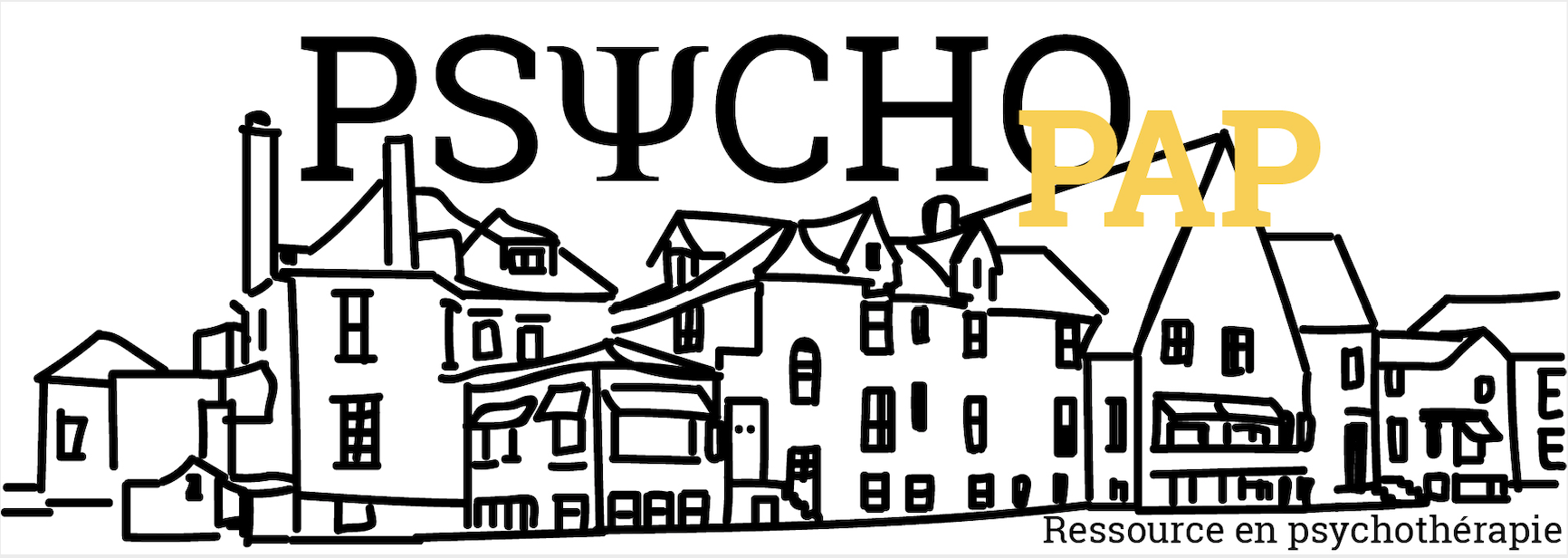Compassion-focused therapy (Gilbert, 2005; Gilbert, 2009) enhances the individuals’ motivation to take care of themselves, to be sensitive to their own needs and distress, and to be warm and understanding towards themselves (Gilbert, 2009). By developing this way of being, they are then able to generate prosocial behaviors that the environment can reward and that promote social engagement (Allen and Knight, 2005). Within the therapeutic relationship, the therapist encourages the patient to choose self-soothing actions with psychoeducation, CBT techniques, mindfulness meditation and compassionate imagery.
Click here for a series of videos that present this approach:





A video on CFT for therapists (Chris Irons)

An article that summarizes the approach for the public: “Silence your inner critic: a guide to self-compassion in the toughest times” by Elle Hunt (The Guardian)
A workbook about CFT that presents the approach and some practices: “Training Our Minds in, with and for Compassion An Introduction to Concepts and Compassion-Focused Exercises” by Paul Gilbert. And another on working with anger:
“True Strength: A Compassion-Focused Therapy Approach for Working with Anger” by Russell Kolts
A presentation on compassion focused therapy by Dennis Tirch
A short litterature review on compassionate mind training:

Some audios that you can use to practice this approach are available on Dr Chris Irons’ website https://balancedminds.com/ (Mindfulness of Sounds, Mindfulness of body and breath, Soothing Rhythm Breathing, Calm place imagery, Compassionate memory, Developing the compassionate self, Directing the compassionate self-to a stranger, to someone you care for, to ourselves, Developing your ideal compassionate other ) as well as other audios by Paul Gilbert and other trainers in this approach).
Some practices guided by us on YouTube:
- Bodyscan and breath
- Mindfulness of Souds
- Soothing rythm breathing
- Calm place imagery
- Compassionate self
- Compassionate other
Des audios en français (Andréanne Elie, Suzanne Paquette, Thanh-Lan Ngô)
- posture corporelle utile et expression faciale amicale pour les exercices d’auto-compassion
- pleine conscience des sons
- pleine conscience du souffle
- balayage corporel
- respiration en rythme apaisant
- créer une image de mon lieu sûr
- mémoire compatissante
- développer un soi compatissant
- diriger votre compassion vers quelqu’un que vous appréciez
- diriger votre compassion vers soi
- développer l’idéal de l’autre compatissant
- recevoir la compassion du compagnon compatissant idéal
- utiliser le soi compatissant pour travailler avec l’auto-critique
Training courses are offered on Dr Gilbert’s website https://www.compassionatemind.co.uk/ as well as Dr Irons’ and Heriot-Maitland: https://balancedminds.com/upcoming-events/
A CFT-CMT playlist on YouTube.
